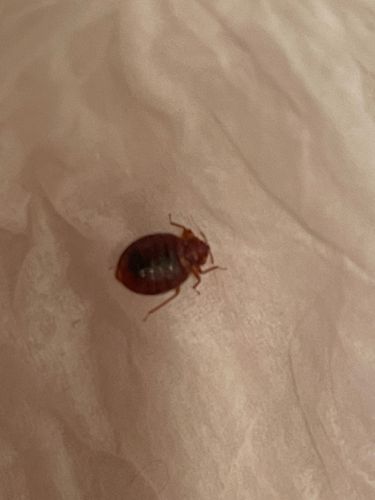Bed Bug
Scientific Name: Cimex lectularius
Order & Family: Hemiptera (Order); Cimicidae (Family)
Size: 4-5 mm (adults), about the size of an apple seed.

Natural Habitat
Primarily human dwellings, especially beds, mattresses, bed frames, and cracks/crevices in walls and furniture. They prefer dark, secluded areas close to their human hosts.
Diet & Feeding
Exclusively blood-feeders. They feed on human blood, typically at night while the host is sleeping. They may also feed on other warm-blooded animals if humans are unavailable.
Behavior Patterns
Nocturnal; they hide during the day and emerge at night to feed. They are attracted to carbon dioxide and body heat. They can go long periods without feeding (several months to over a year) and are highly resilient. They do not fly or jump but can crawl quickly. They often leave behind fecal spots (digested blood) on bedding or surfaces where they hide.
Risks & Benefits
Potential risks: Bed bugs cause itchy red welts due to their bites, which can lead to skin infections from scratching. They can cause emotional distress, anxiety, and sleep deprivation. While they are not known to transmit diseases to humans, their presence is a nuisance. There are no known benefits of bed bugs to humans or the ecosystem.
Identified on: 9/27/2025